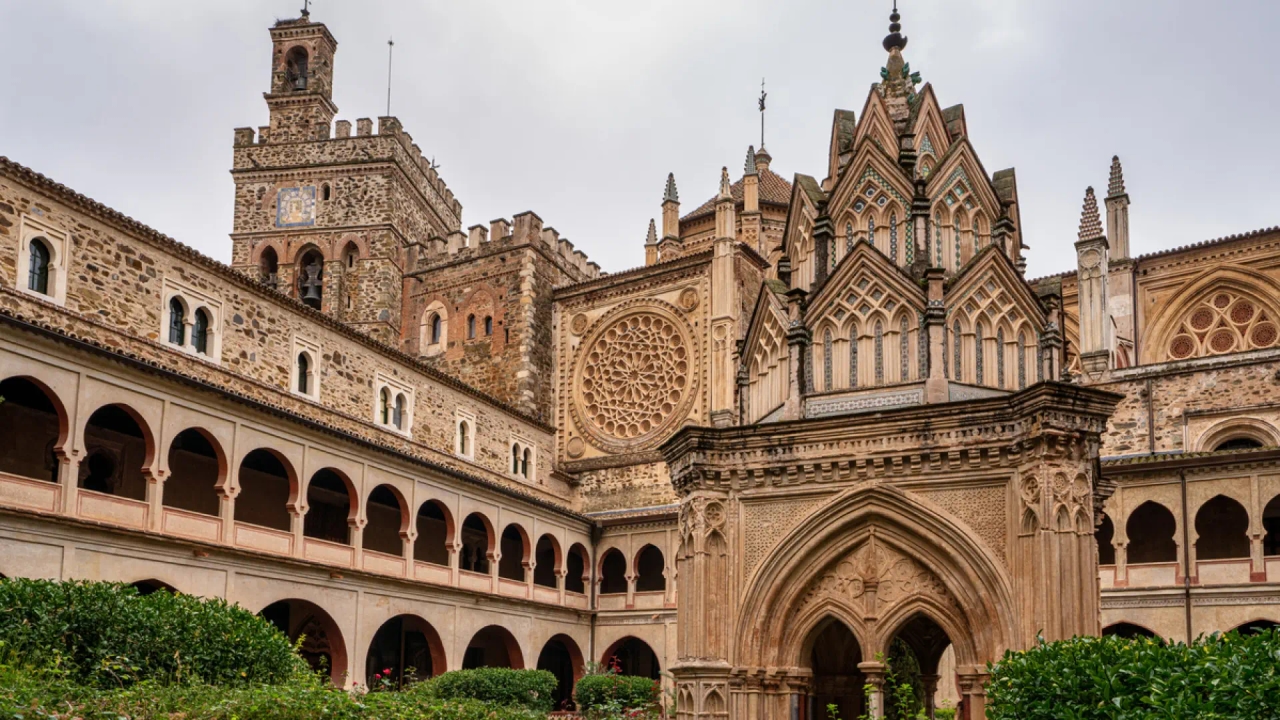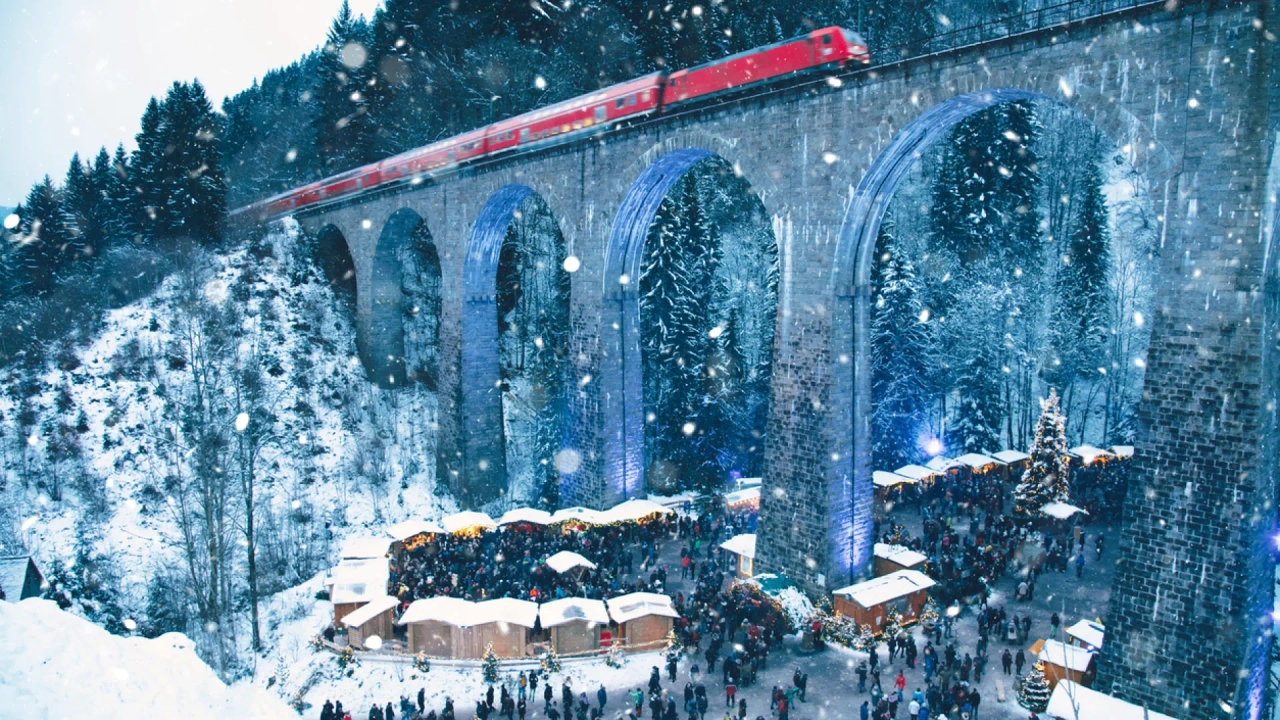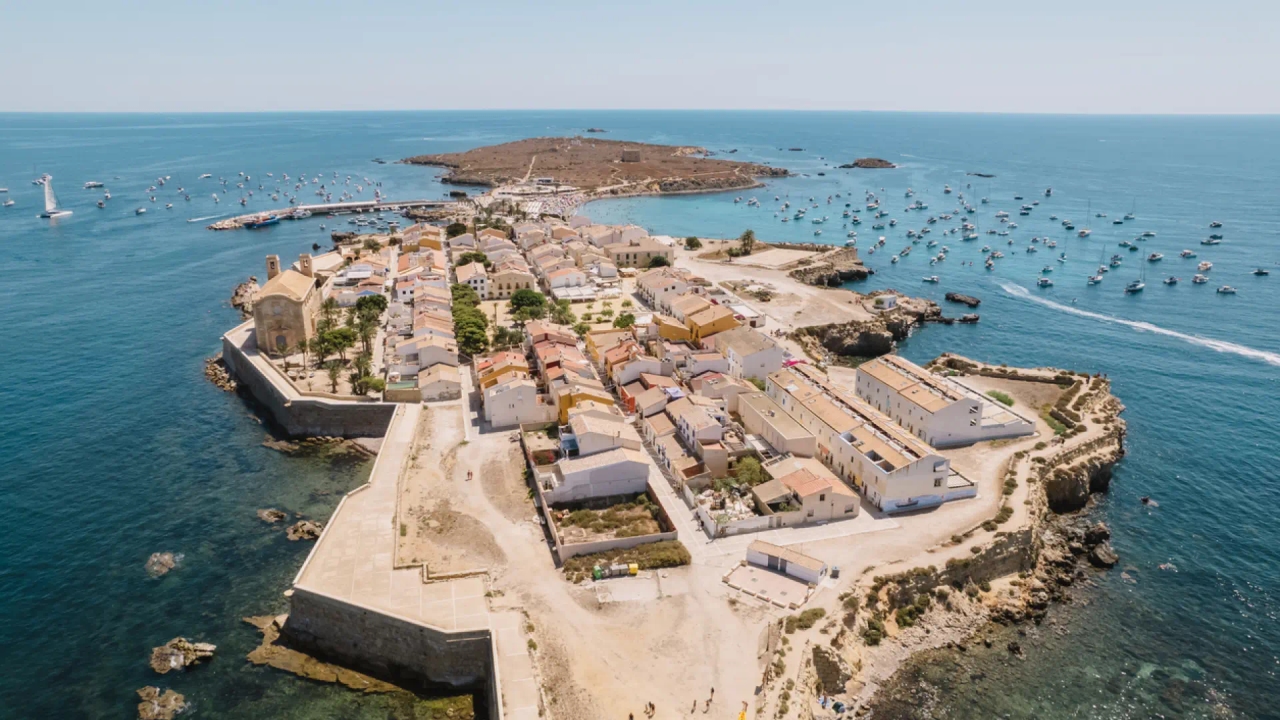Monasteries worth visiting (with the risk of wanting to stay)

Sometimes your body craves hustle and bustle, movement, and activity, but other times it's the complete opposite: tranquility, no rush, and pure peace . Sometimes getting lost in a big city and queuing for a reservation at the trendiest spot sounds like a fantastic plan, but other times you need calm, a place to visit steeped in symbolism and a history that fills and inspires you . This is where monasteries come in , because among cloisters and chapels, it's easy to be transported to another world, one where life was simpler and beauty is found in every corner.
There are around 800 monasteries in Spain. Some are inhabited, others have been converted into accommodations or cultural centers, and still others are simply monuments to visit. But they all share something: they make you feel, for a moment, that you need nothing more. Since it's impossible to visit them all, we'll narrow down the list to those that are most interesting from an architectural and artistic point of view.
Royal Site of San Lorenzo de El Escorial (Madrid)It's one of the largest in the country, and El Escorial is much more than just a monastery. Palace, basilica, royal pantheon, library, cloister… El Escorial was Philip II's masterpiece, and even today it commands respect for its austerity and scale. Declared a World Heritage Site , it's one of those places where everything is designed to impress (both those of his time and those of today) and, at the same time, to invite contemplation. Strolling through its courtyards, listening to the echoes in the rooms, or gazing at the library's ceilings is an experience that transcends a simple monumental visit. And that's not even mentioning the history lesson that entering the royal pantheon offers…
Monastery of Santo Domingo de Silos (Burgos)Nestled in a tranquil valley, surrounded by nature and a village that has grown to the rhythm of its Gregorian chants , this Benedictine monastery is one of the great treasures of Spanish Romanesque architecture . Its cloister is a jewel carved in stone, with capitals that seem to tell stories frozen in time. But what hasn't stopped is life within its walls. Today, the monks continue to chant the Gregorian chants that once brought them such fame that they even released albums.
Monastery of Guadalupe (Cáceres)Pilgrims, kings, and travelers have all passed through this impressive monastery nestled in the mountains. A World Heritage Site and one of the most important spiritual centers on the Iberian Peninsula for centuries, Guadalupe surprises visitors with its blend of styles (Gothic, Mudéjar, Baroque) and the tranquil power that emanates from the entire complex. After visiting the monastery, be sure to explore the surrounding village , considered one of the most beautiful in Spain .
Royal Monastery of San Juan de la Peña (Huesca)Half-hidden beneath a massive rock in a remote corner of the Pyrenees , this monastery is one of Spain's most striking and oldest. Founded in the 10th century, it served as a pantheon for the kings of Aragon and a pivotal site in the kingdom's history. And it's a two-for-one deal, as the "new" monastery is located nearby. Built in the Baroque style , it boasts three majestic naves and three grand portals. Furthermore, the Interpretation Center of the Kingdom of Aragon is housed here and is well worth a visit, as it helps to understand the monastery's historical significance.
Monastery of Santa María de Oia (Pontevedra)One of the few monasteries with sea views , its landscape and the sound of the Atlantic crashing against the shore make it truly special. This 12th-century Cistercian monastery possesses a powerful yet serene presence. It served as a fortress, a refuge, and a place of prayer, and although it no longer houses a community, it retains an atmosphere that blends contemplation and beauty. It's one of those places where you simply want to stop for no reason, just to look around and breathe. Little known and incredibly photogenic, it's perfect for a unique getaway along the Galician coast .
Parador de Santo Estevo (Ourense)Nestled among forests and canyons, in the heart of the Ribeira Sacra , stands this former Benedictine monastery, now a Parador hotel. With centuries of history behind it and three cloisters that encapsulate the transition from Romanesque to Baroque architecture, Santo Estevo retains its solemnity while offering the comforts of a modern hotel. Here, you don't need to imagine what it would be like to stay: you can. Sleeping within centuries-old walls, strolling at dawn through its silent galleries, or relaxing in its spa overlooking the forest offers a unique way to imagine what it's like to be a monk .
20minutos





